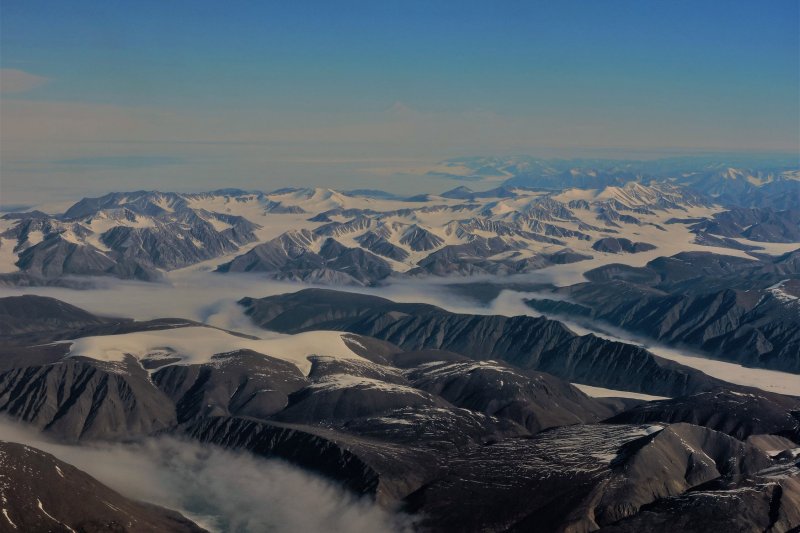Rising air temperature is the largest driver of climate change in the Arctic. File Photo by John Sonntag/NASA |
License Photo
April 8 (UPI) -- Rising air temperatures are responsible for driving the dramatic systematic changes in the Arctic, according to a new study.
"The Arctic system is trending away from its 20th century state and into an unprecedented state, with implications not only within but beyond the Arctic," lead author Jason Box, climate scientist at the Geological Survey of Denmark and Greenland, said in a news release.
Dozens of studies have detailed the accelerated pace of climate change in the Arctic, but the latest is one of the first to combine a variety of climate indicators, including snow cover and the shifting timing of animal migrations, into a single model.
"Never have so many Arctic indicators been brought together in a single paper," said John Walsh, chief scientist for the University of Alaska Fairbanks International Arctic Research Center.
The model analyzed the relationship between different climate inputs, including temperature, winds and ocean heat, and systematic outputs, like greening or glacier melt rates. The results, published this week in the journal Environmental Research Letters, showed air temperature and precipitation are the most influential inputs -- the driving force behind climate change in the Arctic.
"I didn't expect the tie-in with temperature to be as strong as it was," Walsh said. "All the variables are connected with temperature. All components of the Arctic system are involved in this change."
The temperature differences between the poles and equators drive major current patterns in both the atmosphere and the ocean. As the poles continue to get dramatically warmer, those differences are becoming smaller, altering global climate patterns.
"Because the Arctic atmosphere is warming faster than the rest of the world, weather patterns across Europe, North America and Asia are becoming more persistent, leading to extreme weather conditions," Box said. "Another example is the disruption of the ocean circulation that can further destabilize climate: for example, cooling across northwestern Europe and strengthening of storms."















